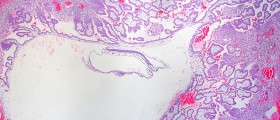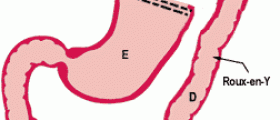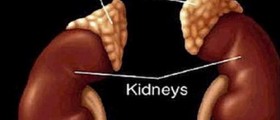
What is ectopic pregnancy?
Ectopic pregnancy is a pregnancy where the embryo implants not in the uterine cavity but elsewhere in the genital channels. Most such pregnancies are not viable, and they pose a danger for the mother as internal bleeding is a common complication of ectopic pregnancy. The typical site of ectopic pregnancies are the Fallopian tubes (small tubes that lead from the ovaries to the uterus) and for this reason, the common name for ectopic pregnancy is tubal pregnancy. Overall, ectopic pregnancy is regarded as a medical emergency as it can lead to death if it is not properly treated.
Solutions
Nonsurgical treatment can be applied for some forms of early ectopic pregnancies, and it is done by the administration of methotrexate by injection. If methotreaxate cannot help, then surgery must be performed. Ectopic pregnancy can be treated by two types of surgery, laparoscopic surgery or, rarely, and open abdominal surgery (laparotomy). There is no particular benefit of laparatomy over laparascopy, and a longer recovery time and a large scar justify it only if laparascopy cannot be performed.
Laparascopy for ectopial pregnancy
This type of surgery is done with minimal incisions, only large enough to insert the necessary instruments in the operating field. The surgeon uses a tiny camera mounted on a flexible and extensible rod to see inside. The incision for insertion of the laparoscope in this type of surgery is made below the navel. However, the stomach is first filled with carbon dioxide gas through that incision, in order to make the visibility inside better, as the organs will not be pressing against each other. Inspection of the genital tract is made by laparoscope, and anything abnormal will be noticed. Ectopic pregnancies are removed, by use of instruments which are inserted through the small incisions in the lower abdomen. Method of removal depends on several factors, basically the tube can be opened to remove the pregnancy or the entire tube is removed. This depends on location and condition of tube and pregnancy, health of the patient and previous consultation with the surgeon, regarding future plans for having children.
After the completion of the surgery, instruments are removed and the gas is released. Incisions are sewed with stitches which will be absorbed by the body within a month.
Preparation for the surgery
If all goes well, the patient leaves the hospital the day after the surgery. They are not allowed to eat or drink at least eight hours before the surgery, to empty the intestines. Anesthetics used during the surgery will make you unable to drive 24 hours after application, so patient cannot drive himself back home. Instead, the patient should arrive to the hospital and taken back home by a taxi or someone else who can drive.
















Your thoughts on this
Loading...